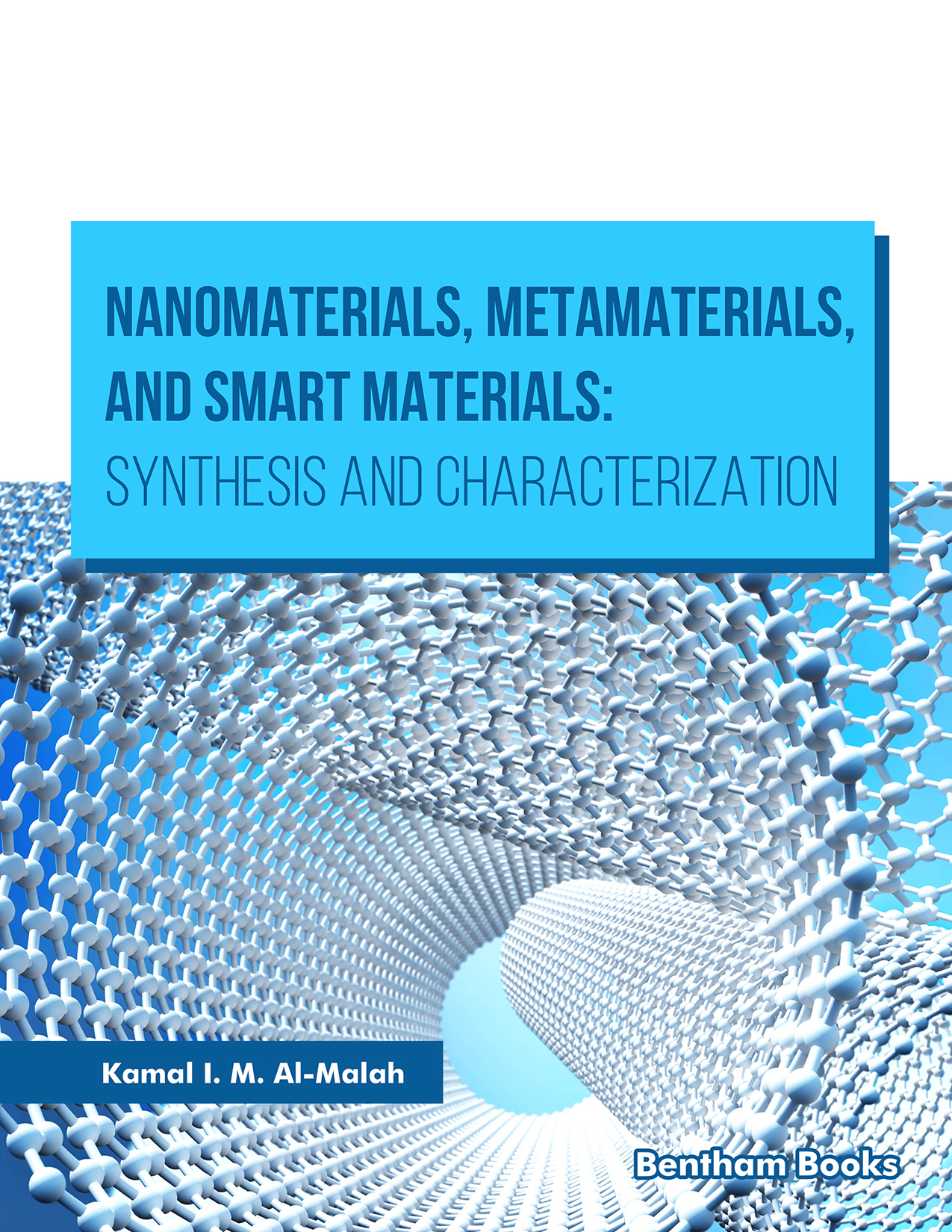The rapid evolution of materials science has propelled us into an era where nanomaterials, metamaterials, and smart materials are becoming increasingly integral to technological advancement. These materials, with their extraordinary properties and abilities to interact with physical stimuli in novel ways, have reshaped our understanding of physics, chemistry, and engineering. As applications span from telecommunications to medicine, defense, energy, and environmental systems, the need for a comprehensive guide on their synthesis and characterization has never been more crucial.
This book, "Nanomaterials, Metamaterials, and Smart Materials: Synthesis and Characterization", aims to provide a detailed, interdisciplinary exploration of these exciting materials. It is structured to offer both a foundational understanding for newcomers and advanced insights for experienced researchers, with each chapter carefully designed to navigate the complex landscape of material synthesis, properties, and applications.
Starting with historical background and fundamental topics, the book builds a strong foundation, exploring electron arrangements, chemical bonding, and key material properties. It then delves into the quantum mechanics and solid-state physics that underpin the behavior of nano- and advanced materials, providing readers with the essential knowledge to understand the unique properties of these systems.
The subsequent chapters cover synthesis methods, from top-down to bottom-up approaches, as well as various characterization techniques used to probe the structural, mechanical, electrical, and optical properties of these materials. Special emphasis is placed on the challenges faced during the synthesis and integration of carbon nanostructures and their surface functionalization, offering practical insights into real-world applications and considerations.
The section on metamaterials introduces fascinating concepts such as negative index materials, cloaking, and perfect absorption. It guides readers through design principles, fabrication techniques, and applications across various fields. Additionally, the book explores smart materials, covering shape memory alloys, piezoelectric materials, hydrogels, electrochromic and thermochromic systems, and their potential uses in creating adaptive, responsive technologies.
By integrating theoretical concepts with experimental techniques and practical applications, this book serves as a valuable resource for students, researchers, engineers, and industry professionals alike. It encourages an appreciation of the interdisciplinary nature of this field and fosters a deeper understanding of the potential that nanomaterials, metamaterials, and smart materials hold for shaping the future.
I hope that this book will not only serve as an educational tool but also inspire future innovation in this exciting field. The journey through these pages will reveal the profound ways in which these materials can transform our world, one layer at a time.
The book is meant to be a textbook for non-specialist readers who would like to explore the world of non-conventional materials. It has the following four features:
1. Pre-requisite definitions/concepts are highlighted whenever needed.
2. Relevant YouTube video links are selected for every synthesis characterization method to simplify or demonstrate the synthesis method/characterization method under focus.
3. For each written chapter, there is a large set of end-of-chapter problems in the form of multiple-choice questions and numerical (essay) problems. The end-of-chapter problems will help the course instructor by providing a large database of questions, and at the same time, the student will be tempted by such questions to gauge his/her level of comprehension.
4. Abundant citations of relevant literature.
Kamal I. M. Al-Malah

